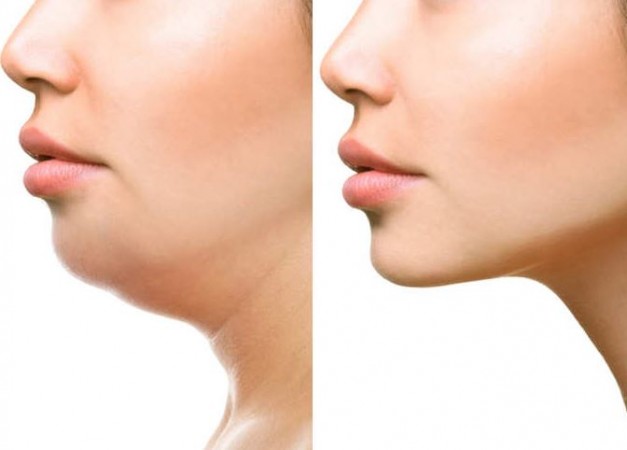
Excess fat in the cheeks and neck area can be a concern for many individuals, impacting their overall appearance and self-confidence. While spot reduction is not a realistic approach, incorporating a combination of lifestyle changes, dietary adjustments, and targeted exercises can help reduce cheek and neck fat. In this article, we will discuss effective measures that can assist in achieving a more sculpted and toned facial profile.
Balanced Diet:
Maintaining a balanced diet is crucial for overall weight management, including fat reduction in the cheeks and neck. Focus on consuming a variety of nutrient-dense foods, including lean proteins, whole grains, fruits, vegetables, and healthy fats. Limit the intake of sugary and processed foods that can contribute to weight gain.
Hydration:
Staying adequately hydrated is essential for proper metabolism and overall health. Drinking water throughout the day can help flush out toxins and aid in the breakdown of fat cells. Aim for at least 8 glasses of water daily and reduce the consumption of sugary beverages.
Portion Control:
Monitoring portion sizes can prevent overeating and excessive calorie intake. Use smaller plates and bowls to encourage mindful eating, and pay attention to hunger and fullness cues to avoid overindulging.
Regular Exercise:
Incorporating regular physical activity into your routine can significantly contribute to fat reduction. Engage in a combination of cardiovascular exercises (such as brisk walking, jogging, or cycling) and strength training (to build muscle mass and increase metabolism).
Facial Exercises:
Although spot reduction is not guaranteed, facial exercises can help tone the muscles in the cheeks and neck. Try exercises such as smiling while keeping your lips closed, tilting your head back and looking at the ceiling, and puckering your lips while lifting your cheeks.
Cardiovascular Workouts:
Engaging in cardio exercises not only helps in burning calories but also promotes overall fat loss, including in the facial area. Aim for at least 150 minutes of moderate-intensity cardio exercises per week.
Strength Training:
Incorporate strength training exercises that target the neck and facial muscles, such as chin lifts and neck stretches. Building muscle can enhance your metabolic rate and contribute to a more defined jawline.
Posture Awareness:
Maintaining good posture can make a significant difference in how your neck and jawline appear. Practice keeping your head aligned with your spine, avoid slouching, and elongate your neck.
Limit Sodium Intake:
Excess sodium can lead to water retention, causing bloating and puffiness in the face. Reduce your sodium intake by avoiding processed foods, canned soups, and high-sodium condiments.
Adequate Sleep:
Getting enough quality sleep is essential for overall health and weight management. Lack of sleep can lead to hormonal imbalances that affect appetite and metabolism.
Reducing cheek and neck fat requires a comprehensive approach that combines a balanced diet, regular exercise, facial exercises, and healthy lifestyle habits. It's important to note that results may vary from person to person, and patience is key in achieving noticeable changes. Consultation with a healthcare professional or a fitness expert can provide personalized guidance and recommendations tailored to your individual needs and goals. Remember that a holistic approach to health and well-being is the most effective way to achieve and maintain a toned and sculpted facial profile.
Managing Rare Cardiovascular Diseases: Insights into Treatment and Outlook
Intoxication: A Catalyst for Devastation, UP CM on Youth Day